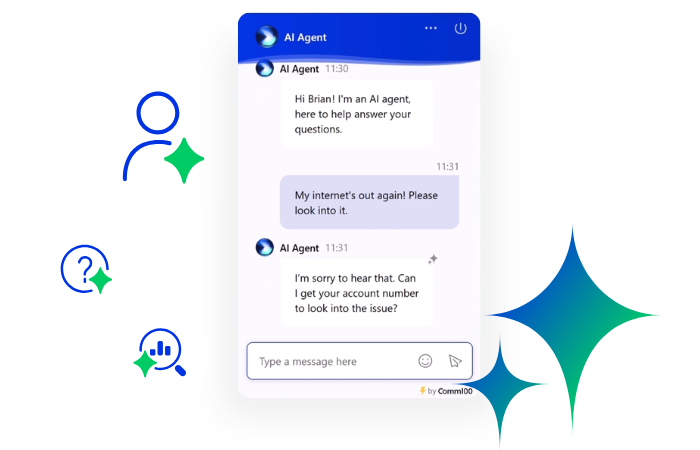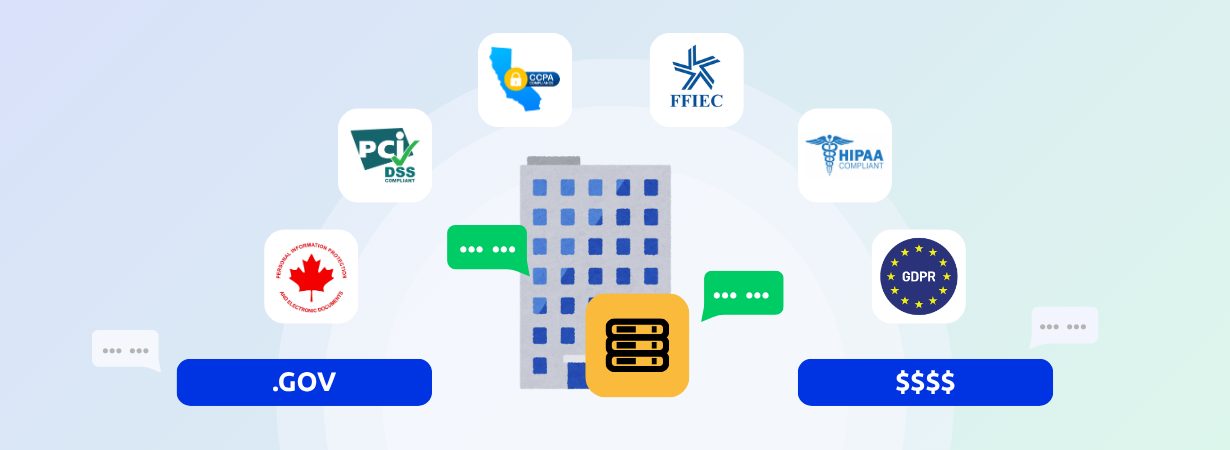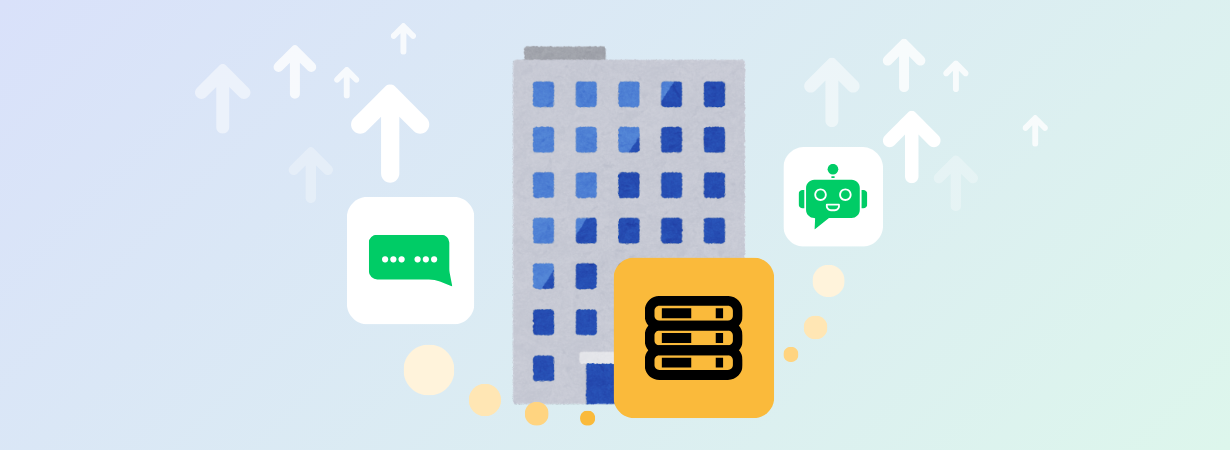The global live chat software market was valued at $590 million in 2016. Fast forward only 7 years and it is projected to reach $997 million next year.
For those organizations offering live chat, this likely comes as no surprise. They are already experiencing the benefits of live chat and its popularity among consumers of all ages. However, there are still many brands who haven’t yet adopted live chat, largely owing to a lack of awareness of the channel’s effectiveness, especially when compared to telephone and email support.
Both B2C and B2B organizations that don’t offer live chat are missing out on significant benefits that extend beyond providing high quality customer service. If you’re still on the fence about introducing live chat into your operations, read on as we take look at the top 4 problems that organizations not using live chat software are facing.
1. Damaged CSAT
Today’s consumers prefer live chat over any other channel. Why? Because they expect fast and convenient support that telephone and email cannot provide. With their customer’s needs not being met, organizations that have yet to introduce live chat software for CX can expect to see a lower CSAT than their competitors.
Live chat meets the needs of customers by allowing them to receive answers to their questions in real-time without the downsides of phone communications. Looking at the reasons that customers prefer live chat to other communication channels, the top three all speak to the benefits over traditional phone support:
- They get an immediate response
- They can multi-task while responding to live chat messages
- It’s convenient and easy to use.
Today’s consumers also expect personalized support that treats them like an individual. With many businesses falling short, this is an area where organizations can differentiate their CX from competition. When surveyed, 66% of customers say that they feel that they are “treated as any other generic customer, not as an individual with my own needs”.
In competitive industries, customer satisfaction can significantly impact business. Where organizations aren’t doing enough to differentiate their service from competitors, lower CSAT can lead to:
- Lower sales
- Poor customer retention and loyalty
- Bad worth of mouth
Delivering personalized CX is difficult, and often impossible, with phone support – but with live chat it’s a breeze. Live chat keeps all the info about the customer right in front of the agent so they understand who they’re talking to and how best to help. This live chat feature is extended even further when connected to your CRM.
2. Lower engagement with prospects & customers
Organizations offering only telephone or email support will likely have lower engagement than those offering live chat, in part because of live chat’s popularity. As trends continue to shift away from phone communications, we can expect this engagement gap to grow even more. Younger generations avoid the use of phone due to anxiety around calling, with 60% of Gen Z even saying that they “hate calling people”.
Providing customers with a digital presence is increasingly important for businesses, and a lack of live chat can lead to lower engagement with prospective customers and decreased sales. Studies have shown the importance of live chat in sales conversions. Customers that use live chat spend up to 60% more per purchase than those who don’t. A study by Forrester showed that customers using chat are 2.8 times more likely to convert than those who don’t.
Live chat accomplishes all this by allowing organizations to be more responsive to quickly answer customer questions before they abandon virtual shopping carts. Live chat has also enabled many organizations to increase support availability, further boosting engagement and sales opportunities.
3. Higher operating costs
Phone support isn’t just unpopular with customers – it’s expensive too. Organizations that haven’t introduced live chat apps can expect to pay higher operating costs because digital channels are much more cost effective than telephone. The cost of live chat is typically less than 1/3 the cost of phone support.
Many of the same things that turn customers away from telephone customer service is what also makes it so expensive to run. Phone calls can be very lengthy, tying up a single agent for a long period of time. The nature of calls means that agents need focus to provide great service, limiting their ability to complete other tasks. One of the many live chat software benefits is allowing multitasking in conversations, meaning that a single agent can handle multiple conversations.
With support teams handling more live chats per agent compared to voice calls, organizations may be able to expand coverage hours for much lower costs compared to phone support. This could mean scheduling to reduce agent overlap while pushing availability into the early morning or evening. Scheduling agent hours for 24/7 coverage might not be possible in every organization, but introducing live chat also facilitates the introduction of an AI chatbot for cost-effective, around-the-clock support.
4. Lower agent productivity
While live chat allows customers to receive faster and more convenient support, it also results in faster and more convenient work for agents. Live chat software offers features that phone support can’t hope to compete with.
With live chat, agents can handle multiple chats simultaneously. This increased capacity and ability to quickly respond to chats means greater agent productivity, as well as reduced wait times for customers. Live chat also comes with seamless handling of transfers and hand-offs between agents, meaning agents are spending their time handing responses and not fighting with phone lines.
Some live chat providers offer advanced features that increase productivity even more. Comm100 Live Chat’s consolidated agent chat window makes it easy for agents to switch between active conversations. Some of Comm100’s other productivity-boosting features include:
- Canned messages that agents can use to quickly deliver pre-defined responses and save on typing time.
- Keyboard shortcuts that can be established to perform common actions more quickly.
- Agent Assist, which uses chatbots to monitor conversations and provide information and responses to agents for a faster, more accurate response.
Because agents can do more with live chat, organizations that haven’t introduced live chat can expect lower productivity.
Wrap Up
In today’s digital-first world, organizations of any industry, size or target audience must offer live chat. It’s time to stop weighing the benefits of live chat for customer service and start taking action to bring your customers the fast and convenient digital support that they expect.
To see what live chat software can do for your organization, book a demo with Comm100 to see Comm100 Live Chat in action today.






